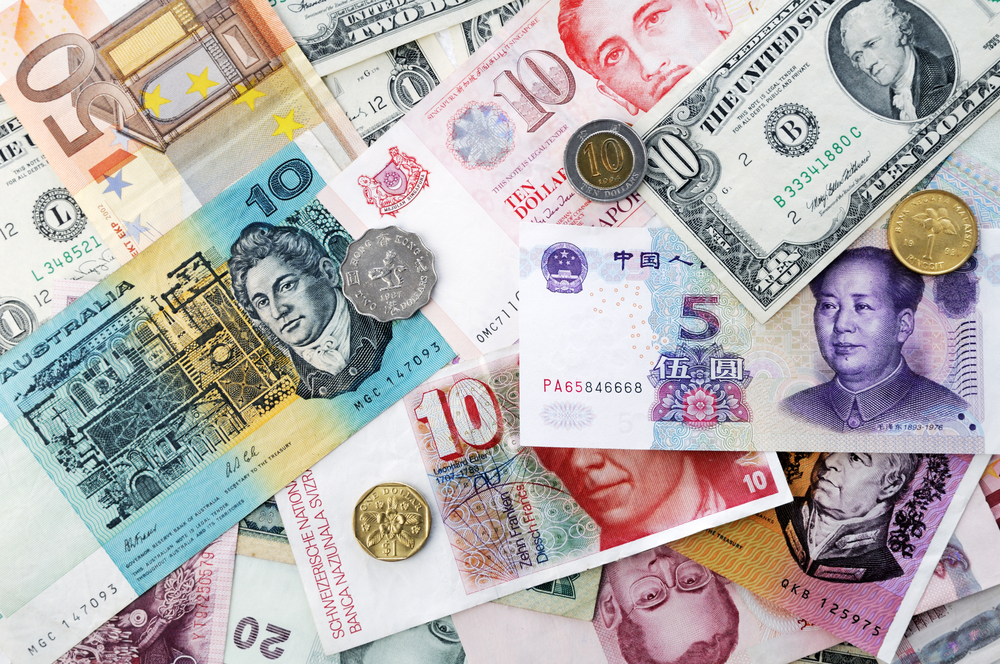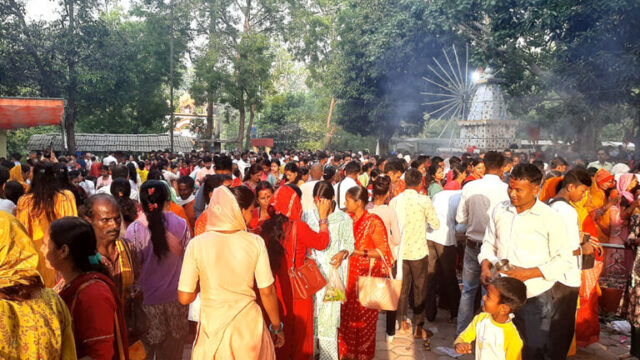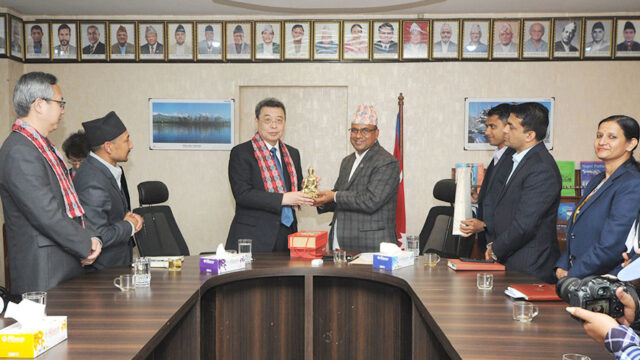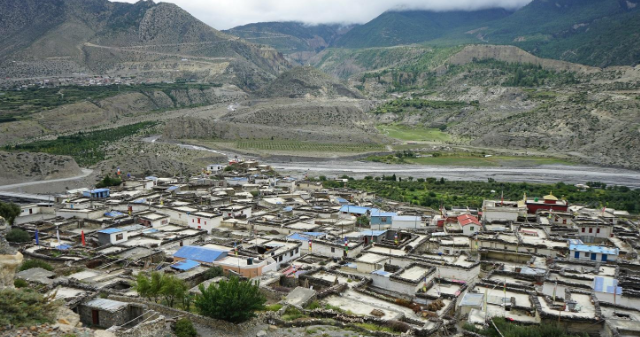Nepal Rastra Bank (NRB), the central bank of the country, has released the official foreign exchange rates for today. As per the latest data, the buying and selling rates for various international currencies have been determined, reflecting the current standing of the Nepali rupee (NPR) against major foreign currencies.
According to NRB, the buying rate for one US dollar has been fixed at NPR 136.08, while the selling rate stands at NPR 136.68. The US dollar remains one of the most traded foreign currencies in Nepal due to its widespread use in international trade and remittances.
The Euro, another major currency used in trade and tourism, has a buying rate of NPR 149.09 and a selling rate of NPR 149.75. Meanwhile, the British Pound Sterling, considered one of the strongest currencies globally, is being bought at NPR 175.43 and sold at NPR 176.20 in Nepal today.
For the Swiss Franc, the buying rate has been determined at NPR 158.13, while the selling rate is NPR 158.83. This currency is often used as a benchmark for stability in the financial markets.
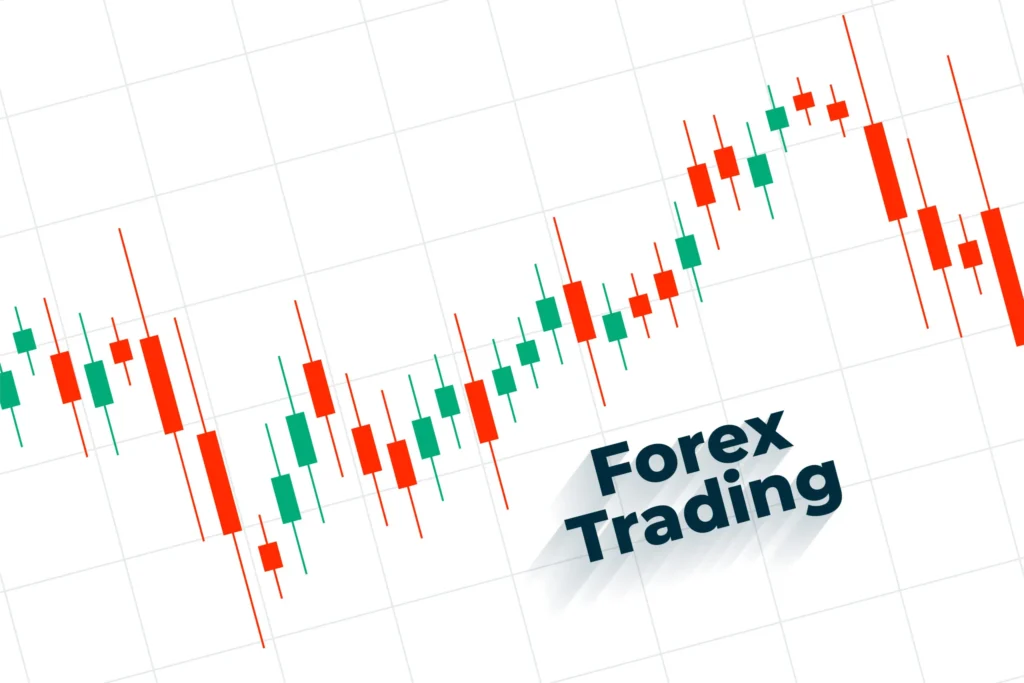
In the case of the Australian Dollar, the buying rate is NPR 82.25, and the selling rate is NPR 82.61. Similarly, the Canadian Dollar is being exchanged at NPR 95.69 for buying and NPR 96.11 for selling.
The Singapore Dollar, popular among Nepali workers abroad, especially in Southeast Asia, is set at a buying rate of NPR 101.10 and a selling rate of NPR 101.55.
Moving on to Asian currencies, 10 Japanese Yen are being bought for NPR 9.26 and sold for NPR 9.30. The Chinese Yuan, crucial for cross-border trade, especially with northern Nepal, is valued at NPR 18.69 for buying and NPR 18.77 for selling.
Among the Gulf currencies, the Saudi Arabian Riyal is being bought at NPR 36.27 and sold at NPR 36.43, while the Qatari Riyal is exchanged at NPR 37.33 for buying and NPR 37.50 for selling.
The Thai Baht, relevant due to rising tourism between Thailand and Nepal, is valued at NPR 3.95 for buying and NPR 3.97 for selling. The UAE Dirham, another key currency due to the large number of Nepali migrant workers in the UAE, has a buying rate of NPR 37.05 and a selling rate of NPR 37.21.
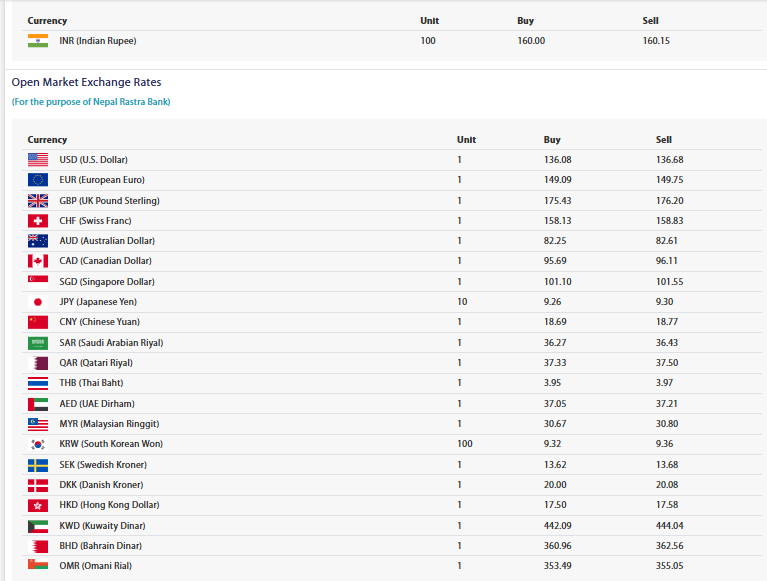
The Malaysian Ringgit is being bought at NPR 30.67 and sold at NPR 30.80, while 100 South Korean Won is exchanged for NPR 9.32 in buying and NPR 9.36 in selling transactions.
Among Scandinavian currencies, the Swedish Kroner is set at NPR 13.62 (buying) and NPR 13.68 (selling), and the Danish Kroner is being traded at NPR 20.00 for buying and NPR 20.08 for selling.
The Hong Kong Dollar, increasingly important due to the growing trade relations and Nepali diaspora, has been set at a buying rate of NPR 17.50 and a selling rate of NPR 17.58.
Among the higher-value Middle Eastern currencies, the Kuwaiti Dinar holds a strong position with a buying rate of NPR 442.09 and a selling rate of NPR 444.04. Similarly, the Bahraini Dinar is being bought at NPR 360.96 and sold at NPR 362.56, while the Omani Riyal is valued at NPR 353.49 (buying) and NPR 355.05 (selling).

Regarding the neighboring country India, the exchange rate for 100 Indian Rupees is NPR 160.00 for buying and NPR 160.15 for selling. This exchange rate is particularly significant as India remains Nepal’s largest trading partner and the Indian rupee is widely accepted in many border towns.
Nepal Rastra Bank has clarified that these exchange rates are subject to change as per market needs and currency fluctuations. The bank retains the right to revise these rates at any time without prior notice. Furthermore, it has been stated that the rates provided by commercial banks may vary slightly, depending on their operational strategies and liquidity positions.
For the most accurate and updated information, the central bank has encouraged the public, especially travelers and traders, to refer to the official NRB website, where real-time data and daily updates are published.
These exchange rates play a vital role in Nepal’s financial ecosystem, affecting everything from the cost of imported goods and services to remittances and international tourism. As a country heavily reliant on imports and remittances, foreign exchange rates significantly influence the national economy.
Nepal Rastra Bank’s daily updates not only guide financial institutions but also provide a transparent mechanism for currency traders and the general public to navigate the forex market. Whether it’s a businessman importing goods, a student studying abroad, or a tourist exchanging currency, today’s updated rates offer a clear snapshot of the financial dynamics influencing the value of the Nepali rupee on a global stage.
NRB’s proactive approach in updating the exchange rates regularly ensures monetary stability, encourages foreign investment, and helps maintain equilibrium in Nepal’s open-market currency system.
